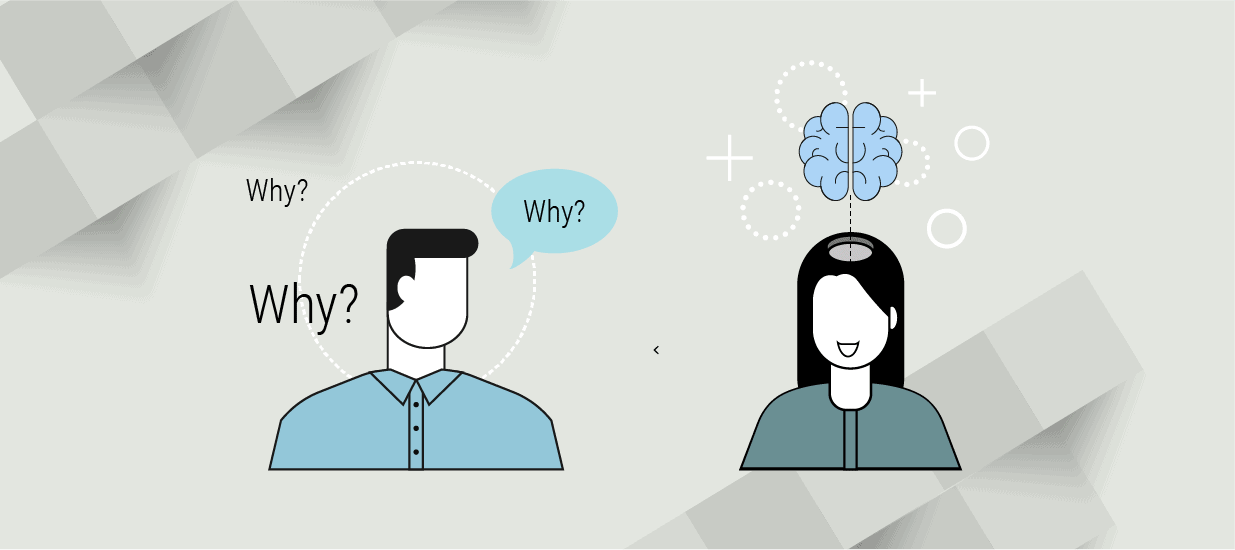7 minute read
This article shares tips for product teams to conduct great customer visits. Learn the importance of customer visits for research and discovery, explore unique tips to make the most of your time with your customer and understand customer research’s impacts on product development.
A customer visit offers a unique and invaluable opportunity for direct customer engagement. Product teams can gain deep insights into customer behaviors, preferences and challenges by observing and discussing customers’ interactions with the product in real time. This hands-on approach can inform ongoing product development and support the “why” behind product roadmaps.
- Importance of customer visits
- Tips for a great customer visit
- Customer visits and product development
Why are customer visits important?
Customer visits are valuable for several reasons. In the modern workplace, customers are getting requests left and right. Your sales team might solicit them, or your competitors may pitch them. So, the human touch of a customer visit is invaluable for maintaining a connection with your customers and deepening your understanding of their needs. Instead of hearing from a sales team trying to make a sale, a customer visit allows you to explore their problems and preferences in detail.
What are the goals of a customer visit?
Customer visits can help product teams achieve several different types of goals.
- In-Depth Customer Understanding: Visits provide firsthand insights into customer behaviors, needs and challenges. You can gain this insight by seeing the customer using the product in real time or by gathering richer data through in-person communication. Ultimately, customer understanding enables product teams to tailor products more effectively to the target market.
- Improved Decision-Making: Regular customer interactions offer real-time feedback and data, aiding in making more informed and customer-centric decisions throughout the product development cycle.
- Enhanced Product Innovation and Development: Observations from these visits can spark innovative ideas and identify opportunities for improvement. Identifying opportunities drives the development of features and solutions that more closely align with customer demands.
- Strengthened Customer Relationships: Engaging with customers directly helps build trust and rapport, leading to more open and valuable feedback and fostering long-term customer loyalty.
Tips for a Great Customer Visit
There are two types of customer visits. The first type focuses on ideation: brainstorming and gathering high-level information. In ideation visits, the goal is to keep an open-ended conversation flowing. The second type of customer visit focuses on implementation, which involves understanding workflows and how customers use the product to complete specific tasks.
Before you begin your visit, identifying what you want to learn will inform the type of visit you have, the people you meet with and the data you gather. You won’t have time to learn everything, so focus on the information you need to capture.
How to prepare for a customer visit
Before you arrive for your visit, review the customer’s account with their customer success manager, account growth manager and any other relevant team members. Customer service issues will arise during your visit, so be prepared to address them immediately or delegate to a team who can assist quickly.
- Who does the customer usually talk to?
- Have they submitted customer support requests recently?
- If so, what were those tickets about (and were they addressed appropriately)?
Beyond your customer’s account, understand what is happening in your customer’s market.
- Are there any major industry trends that affect them?
- Who are their primary competitors?
- What are their threats and opportunities?
Showing that you are knowledgeable about their industry indicates that you put in the work before your visit.
You have limited time during a customer visit. That means you want to get the best interactions you can with relevant team members, on a tight schedule. Before your visit, schedule a meeting with company leadership. That may include the CEO, founder, or VP of the team you’re meeting with. Putting a meeting on their calendars will help ensure that you have time to speak with key stakeholders.
How to gather customer visit data
You can capture qualitative data about your customer’s experience during your visit.
- Description of experiences with the product: These may be written or verbal. If you are gathering this data verbally, document any nonverbal cues, like the customer’s tone of voice or body language, as they describe their product experiences. Be sure to ask probing follow-up questions to gather more insight if needed.
- Workflows: How does the customer use the product? How are different functions used between teams? Your customer visit is your opportunity to see this in action.
- Pain points and challenges: While with your customer, you can identify specific problems or challenges your customer faces daily. These pain points may not have an immediate solution, but by observing their behavior and workflows, you can identify opportunities that a new product or product feature can solve. On the other hand, you may observe pain points that your product can solve now. If one customer doesn’t know about a ready-made solution to their problem, that is a valuable insight for your marketing and support teams.
- User segmentation and personas: Learning who interacts with your product during a customer visit can inform your user personas. Understanding that information about your users can inform detailed user personas for targeted product development and product marketing strategy.
- Customer journeys and use cases: By visiting customers and seeing them in action, you can understand the customer journey and use cases for seeking product features and solutions. Ultimately, this may inform your product roadmap, feature prioritization and marketing messaging to ensure that current and prospective customers know about those features.
How to follow up with your customer
After you complete the visit, be sure to create a summary report for your internal teams. You should recap who you spoke with, what data you gathered and what insights you gleaned. Also, note any NDAs or other confidentiality agreements so your team only shares information with appropriate parties.
Then, follow up on any promises you made during the visit (such as escalating a customer service ticket). Send a copy of your report to your customer to show that you value their time and will use their insights. Finally, remember to say thank you!
How often should you do customer visits?
To understand a topic deeply, you should conduct 5-12 customer interviews around that topic. Since you are gathering qualitative data, you should carefully review your notes from these customer visits to glean insights. Once you see the same themes emerge across different customer interviews, you have completed enough customer visits.
Customer Visits and Product Development
Customer visits provide a wealth of insight into the “why” behind customer experiences. That insight can power product roadmaps and provide compelling storytelling for your stakeholders.
The Continuous Discovery Theory of customer visits
There are two approaches to customer visits. First, you can do a formal project that includes an in-depth plan for each customer segment you plan to visit. Then, you can outline how many interviews you will do for each segment. Formal discovery is a time-intensive approach, but it is excellent for thoroughly exploring new opportunities.
Teresa Torres’s Continuous Discovery Theory suggests having more unstructured, shorter and more frequent interactions with customers. Continuous discovery lets you get real-time input into the product development process.
This theory argues that maintaining a consistent stream of customer visits is the best way to create market-driven products and that the team building the product should drive customer visits. That’s because product teams make many small product decisions daily, asking questions like “What should the logic be?” or “Where is the best place to put the ‘Buy Now’?” If product teams stay in weekly contact with customers, you can ask your customers these questions. Ultimately, this lets you co-create your solution with the customer.
Defining the “why”
During product roadmap presentations, product managers may be asked, “Why are we prioritizing this feature over that feature?“ Or “Why is this release going after that upgrade?”.
Customer visits can provide the backstory to explain those timelines and priority decisions. Quantify the anecdotal information you gather, such as “5 of the 8 VPs of Marketing we spoke with during customer visits noted this as a pain point”, to provide valuable insight into why your team made a specific decision.
Furthermore, referencing your customer visits can help humanize your product decisions. Referring to your actual customers or personas moves the conversation away from numbers and deadlines and helps teams focus on the human aspect. Soon, you’ll deliver solutions that matter to customers you care about.
Revisit the “why” behind your Product Roadmap
Since your roadmap documents don’t clearly state the “why,” it may be good to schedule monthly or quarterly updates with your team to remind everyone why you are pursuing these solutions. Tying the roadmap to your team and company goals can also support long-term buy-in and enthusiasm for the project.
Author
-

Ted Best, a professional with 28 years in product management, has made impactful contributions at notable companies like SBC Communications and LexisNexis. His extensive experience spans various industries, showcasing his expertise in driving product excellence. For questions or inquiries, please contact [email protected].
View all posts








